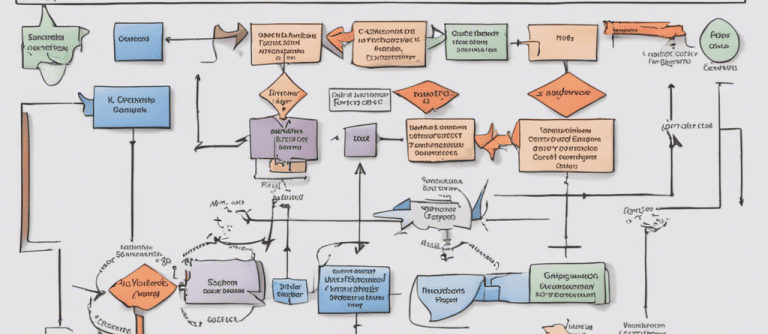
Choosing to work with a low-code platform like OutSystems may mean that you save time and money over traditional high-code, but it doesn’t mean you can forget about technical architecture, which must form the solid foundations.
In our experience, apps, systems and digital transformations often fail because of a lack of thought and preparation in this area.
Organisations often adopt many different types of technologies as they scale, mixing apps and spreadsheets post-it-notes, with on-prem and cloud-based systems. All these technologies will have different security, different user controls, different data models, different integrations, different business process flows. Worse still, similar applications may produce different results.
This confused landscape can end up it’s working against the organisation rather than for it, causing significant problems, and high costs.
What is technical architecture?
According to cio.com, ‘Technical architecture provides a way to describe, evaluate and plan the evolution of the information technology that IT manages and the enterprise relies on.”
This is the foundation of the technology you use in your business. And it’s just one part of a wider process. Ideally, technical architecture works alongside enterprise architecture – which is essentially the organisation’s strategic IT approach. This also has to align with the overall business strategy, delivering IT systems and solutions that allow the organisation to meet its targets efficiently and reliably.
Having up-to-date technical architecture in place means that any new system being developed for your organisation can be more easily scoped, designed and built – because you know exactly how it is going to fit in, where it needs to integrate and how it will be used.
The dangers of poor technical architecture
How important is good technical architecture – not just to your new projects, but to the overall success of the IT in your organisation? Here are seven ways that poor technical architecture can have an impact:
Technical architecture for app development
When you are considering a new piece of technology, such as an app, you need to take a structured approach. Whether your app is to replace an internal process or to support your customers or suppliers, it needs to be properly thought through from both a usability and a technical point of view.
In order to get the most from your investment, the technical architecture behind your new development must be strong. And that will include looking at your current technical architecture to make sure your app will function to the best of its ability.
By focusing on these key areas, you can be sure that the long-term technical performance of your development has been properly thought through, and is a foundational part of your approach:
A good development team, using a market-leading low-code platform like OutSystems, will make technical architecture a focus of your project. This will give you confidence not just in the functional performance of your project, but in its long-term technical strength.
7 Canute House
Durham Wharf Drive
Brentford
TW8 8HP
UK
+44 208 232 8884
714, 7th Floor
Siddique Trade Center
Lahore
54660
Pakistan
+924 235 787 758
8 The Green Ste B
Dover
Delaware
19901
USA
+1 717 467 3183
Muscadel House
Brandwacht Office Park
Stellenbosch
7600
South Africa
+27 213 001 232
Copyright © 2024 ISB Global
ISB Global Smart Solutions is a trading name of ISB Global Ltd.
Privacy policy | Terms of use
| Cookie | Duration | Description |
|---|---|---|
| cookielawinfo-checkbox-analytics | 11 months | This cookie is set by GDPR Cookie Consent plugin. The cookie is used to store the user consent for the cookies in the category "Analytics". |
| cookielawinfo-checkbox-functional | 11 months | The cookie is set by GDPR cookie consent to record the user consent for the cookies in the category "Functional". |
| cookielawinfo-checkbox-necessary | 11 months | This cookie is set by GDPR Cookie Consent plugin. The cookies is used to store the user consent for the cookies in the category "Necessary". |
| cookielawinfo-checkbox-others | 11 months | This cookie is set by GDPR Cookie Consent plugin. The cookie is used to store the user consent for the cookies in the category "Other. |
| cookielawinfo-checkbox-performance | 11 months | This cookie is set by GDPR Cookie Consent plugin. The cookie is used to store the user consent for the cookies in the category "Performance". |
| viewed_cookie_policy | 11 months | The cookie is set by the GDPR Cookie Consent plugin and is used to store whether or not user has consented to the use of cookies. It does not store any personal data. |